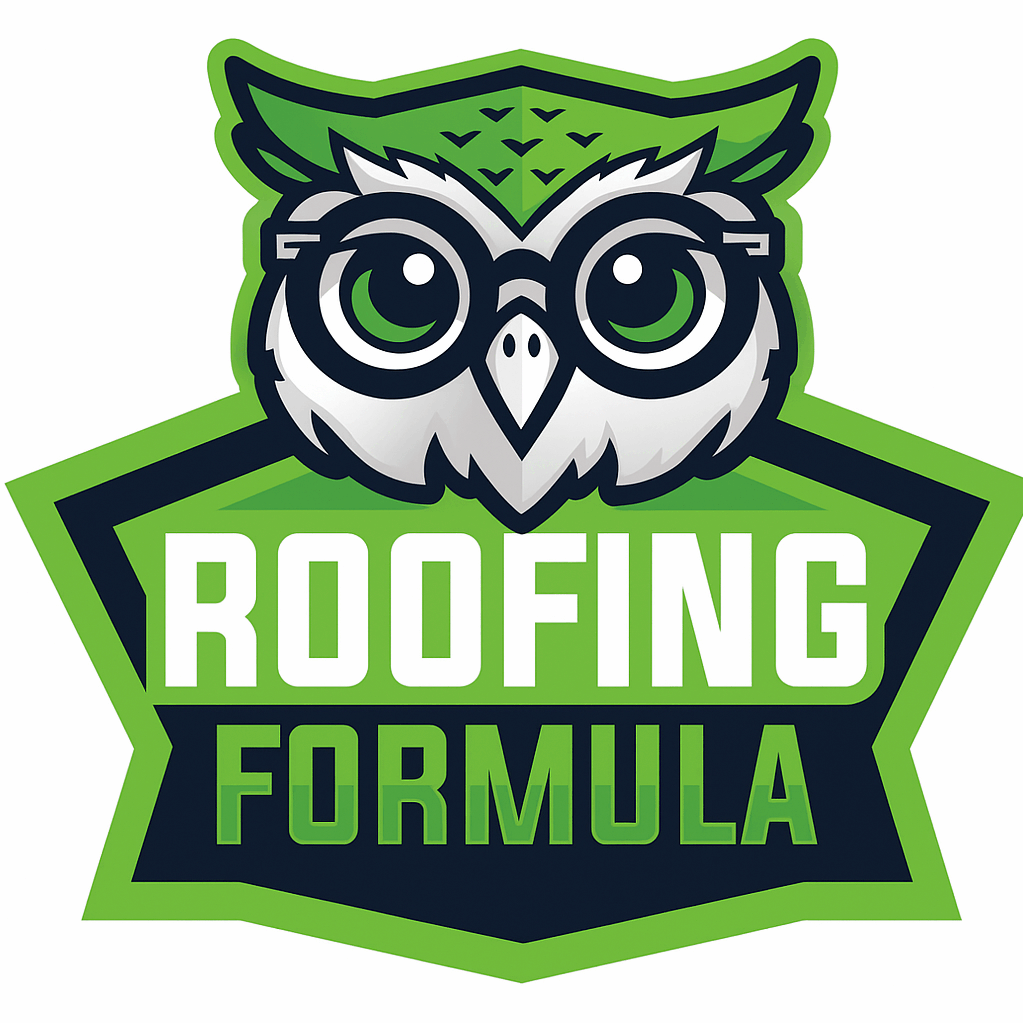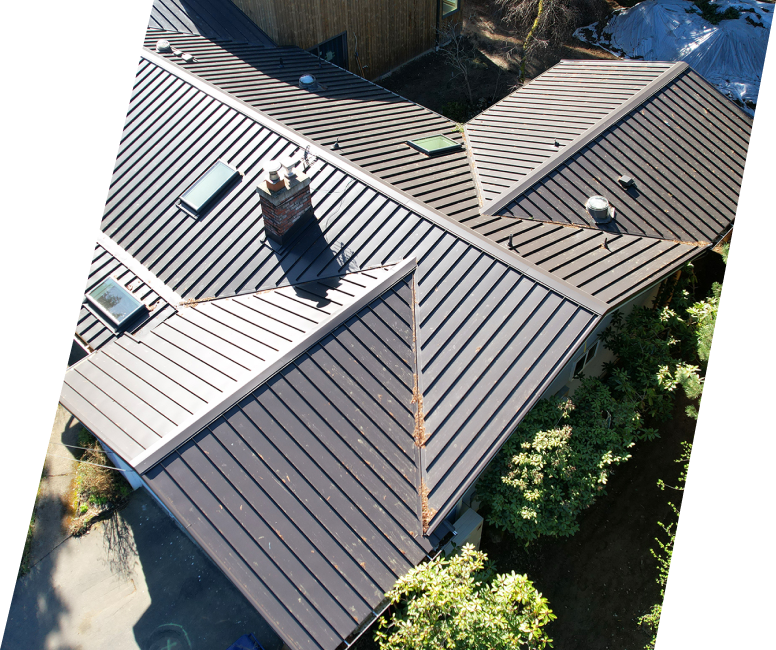When it comes to the health of your home, your roof plays a vital role in protecting you and your family from the elements. However, ventilation is an often overlooked aspect of roof maintenance that can lead to severe damage if not properly managed.
This blog will explore why ventilation is crucial for your roof, the consequences of poor ventilation, and how to spot signs of damage early.
Why is Ventilation Crucial for Roofs?
Proper ventilation in your roof ensures a balanced temperature and moisture level in your attic and roof structure. Inadequate ventilation can lead to many problems, compromising the longevity of your roof and the comfort and safety of your home.
A well-ventilated roof allows fresh air to flow into the attic and stale, humid air to escape. This process helps regulate temperature, reduce moisture buildup, and prevent the formation of ice dams and mold.
Effects of Poor Ventilation on Roofs
Poor ventilation can harm your roof, leading to costly repairs and even health hazards. Here are the main issues caused by inadequate ventilation:
Condensation
Moisture buildup can lead to condensation, which can cause wood to rot, insulation to deteriorate, and mold to grow. This weakens the structural integrity of your roof and can lead to significant damage over time.
Formation of Ice Dams
Poor ventilation can cause uneven roof temperatures in colder climates, forming ice dams. These dams can prevent melting snow from draining properly, causing water to seep into homes and damage roofs and walls.
Heat Buildup
Insufficient ventilation can cause excessive heat buildup in the attic during warm seasons. This can lead to higher energy bills as your air conditioning system works harder to cool your home. Over time, the heat can also warp and worsen roofing materials, reducing their lifespan.
Signs Your Roof is Sustaining Damage Due to Poor Ventilation
Spotting the signs of poor roof ventilation early can save you from costly repairs and extensive damage. Here are some common indicators that your roof may be suffering:
Sagging Roofline: If your roof appears to be sagging or drooping, it could be a sign that moisture buildup and structural damage are occurring.
Mold and Mildew: Mold and mildew in your attic or on your roof are clear indications of excessive moisture, often due to poor ventilation.
Discolored Shingles: Shingles that appear discolored or streaked may suffer heat damage or moisture buildup from inadequate ventilation.
Crumbling or Peeling on the Ceiling: If you notice peeling paint or crumbling plaster on your ceilings, it could be due to moisture seeping from a poorly ventilated roof.
Get Your Roof Checked Today!
Ignoring the importance of proper roof ventilation can lead to severe damage, costly repairs, and even health risks for you and your family. Don’t wait until it’s too late to address these issues. Schedule a comprehensive roof inspection with Roofing Formula LLC today.
Our expert team will check your roof’s ventilation system and provide reliable repair services to ensure your roof remains in top condition. Protect your investment and your home—book your inspection now!



